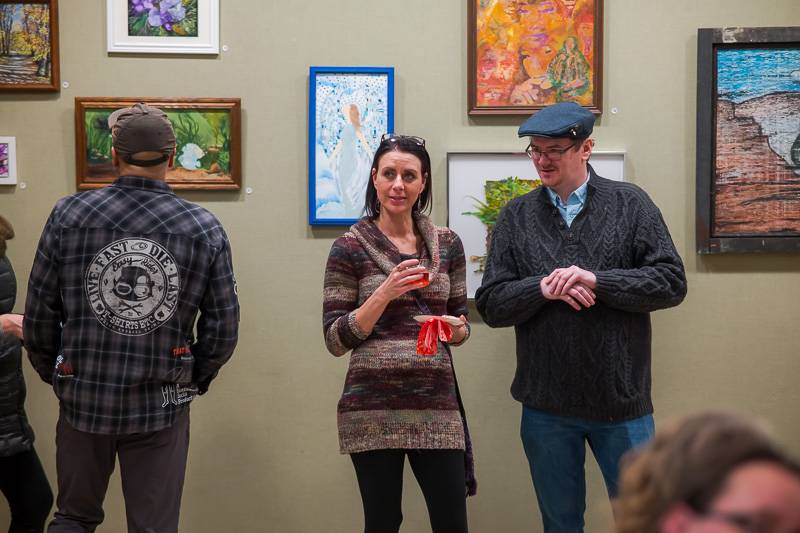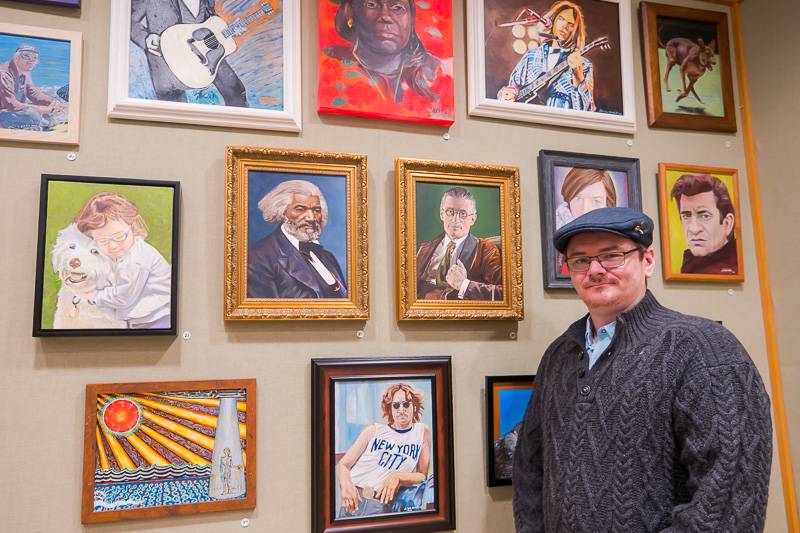
Photo by Howard Owens.
The folk tradition of music and art in Ireland informs the work of Batavia artist Adrian Morris, featured in the Winter Show of the Batavia Society of Artists at the Richmond Memorial Library.
The show opened Thursday and features 35 paintings by Morris, both his Irish landscapes and his portraits of musicians, writers, political figures, and commissioned work.
'I'm painting every day, painting all the time, in my spare time," Morris said. "It's just, I can't stop doing it. It's a passion that I've had from a young age."
In 2008, Morris immigrated to the Batavia area to be with a woman from the area. He is with a new lady now, but he stayed and has become embedded in the local art community. His works are included in showings regularly with the BSA and at GO ART!
His Irish accent is unmistakable, as is his love for his homeland, but his love for America's musical traditions is also expressed through his work. His portraits on display in the show include Miles Davis, Louis Armstrong, John Lennon, Neil Young, and three of Johnny Cash.
What is the fascination with The Man in Black?
"Because I'm Irish," Morris answered. "And we're into folk music, traditional folk music, and he takes a lot of bluegrass and folk stuff into his music. I love folk music, like (Bob) Dylan and Johnny Cash and all those guys, you know. There is honesty in their songs and the stories that they tell. It's all about storytelling."
One of Morris's most stunning pieces is a portrait of James Joyce, the early 20th-century novelist known for his often inscrutable prose and stories deeply rooted in his native Dublin.
All these decades after Joyce's death, with his legacy enshrined in the scholarship of great literature, it might be hard to see Joyce as a folk figure, but that is how Morris sees him, and what draws him to Joyce.
"If you're in Dublin -- Ulysses is set in Dublin -- you can literally track every part of the book," Morris said. "You can go along the train, ride along the train along the coast, and everything he described in the book is in Dublin, and his cadence of the people (in the book), the way they talk, is purely Irish. A lot of Americans say it's very hard to read, but for me, it's just like, it's, it's my tone, the way their slang words work, you know, it's a rhythm and a regional accent to Dublin, it's very Dublinesque, and, and so that's the beauty of his prose."
Joyce, he said, brings the complexities of life into a real world of real people just trying to get through their daily lives, like any folk artist.
"He goes through the gamut of philosophy and life and all these things, but he does it in a common man's way," Morris said. "You know what I mean? There's no airs about him."
Morris's love of Ireland and folk traditions is also expressed in a portrait that might surprise some -- Frederick Douglass.
"Frederick Douglass is a big he's a big part of Ireland," Morris said. "Anti-slavery with the whole British thing, the colonization, so he was a big part of it. He was about the abolishment of slavery and so I really respected him even before coming here, and little did I know respecting him as a child that he was such a part of Rochester and the area. I was just like, 'Wow. So I felt like I wanted to pay tribute to him."
In Ireland, Douglass is revered for a speech he gave there.
"I don't know if it's true, but some Irish people had some part in paying for his freedom (NOTE: Irish and British residents raised the 150 pounds to purchase his freedom)," Morris said. "When he went over there, he moved the Irish people so much, that might have sown the seed for them to launch a free country because they were under the rule of the British for so long, and they wanted their freedom. So it's a political thing, but it's rooted in my culture."
The BSA Winter Show is on display through December and is open during regular library hours.
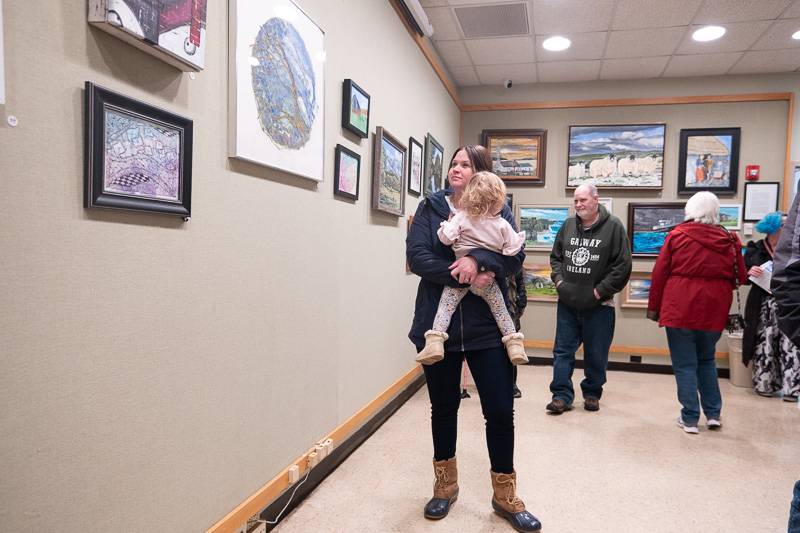
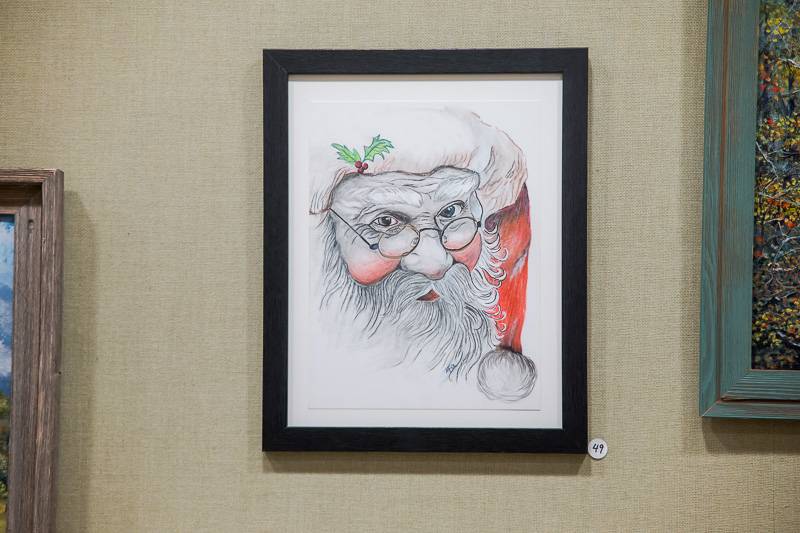
Photo by Howard Owens.
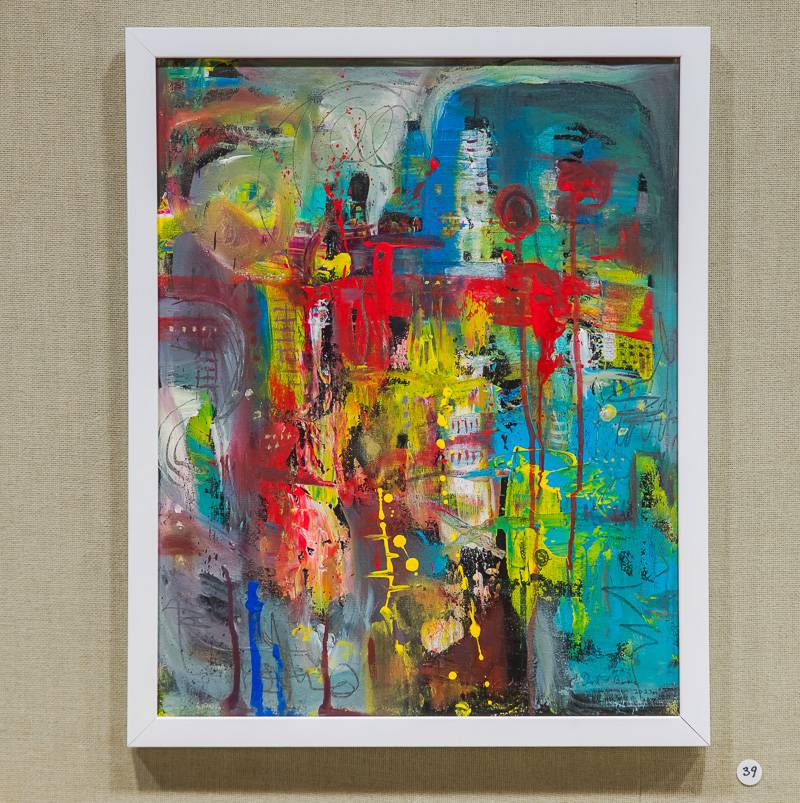
Photo by Howard Owens
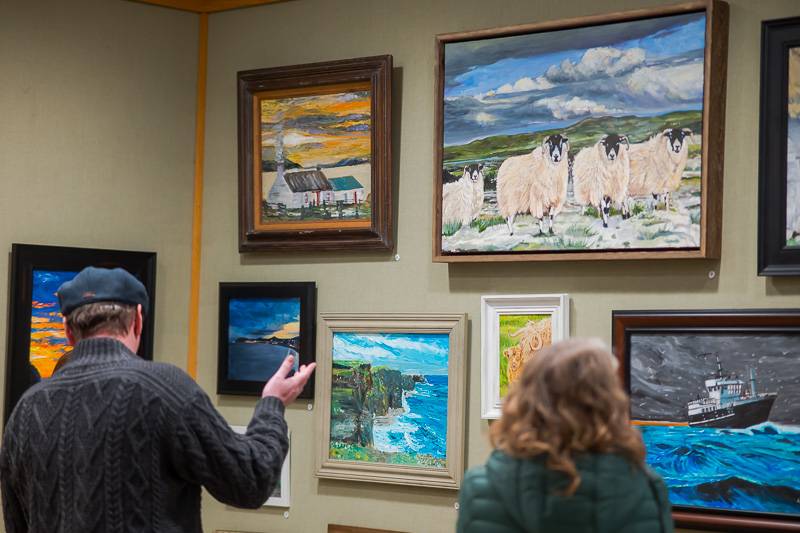
Photo by Howard Owens.
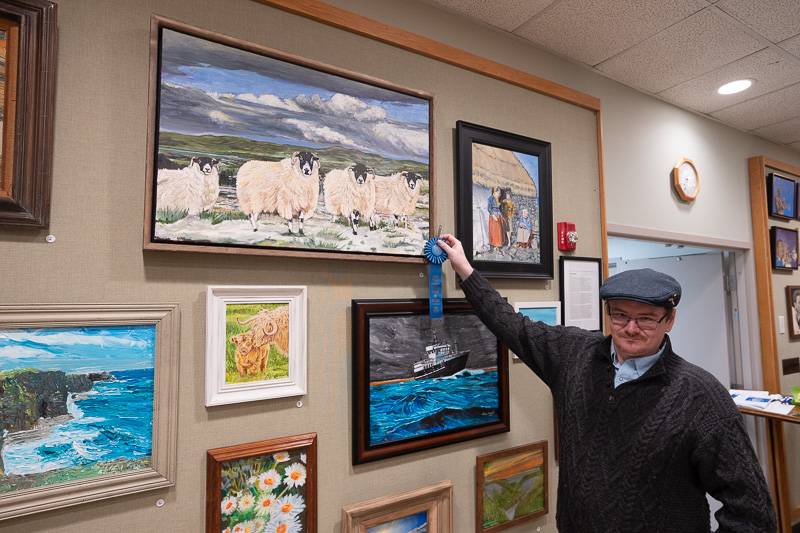
Photo by Howard Owens.
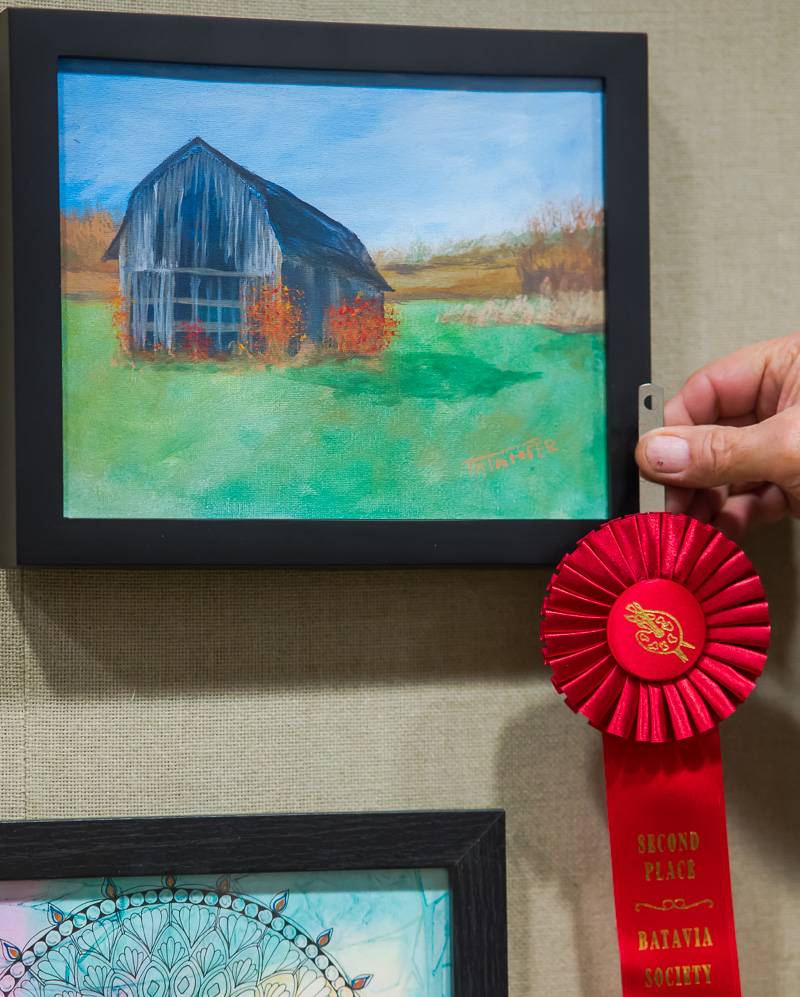
Photo by Howard Owens.
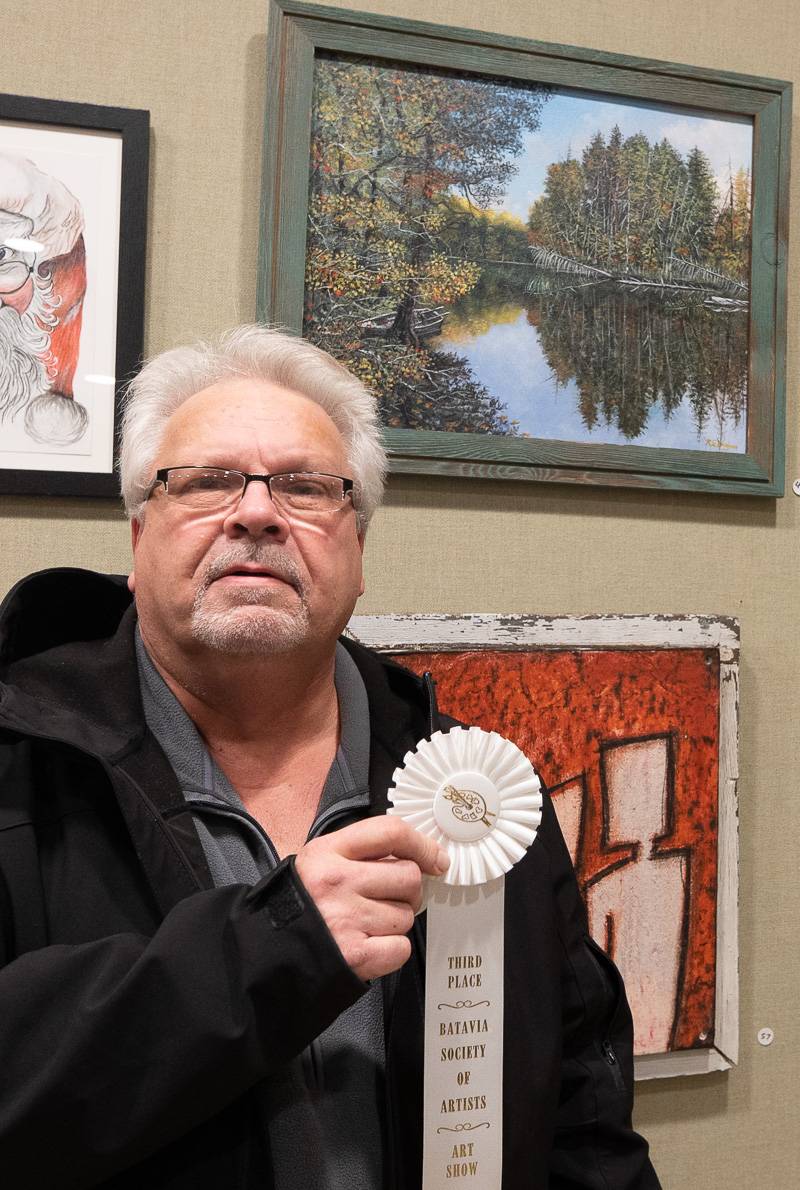
Photo by Howard Owens.
